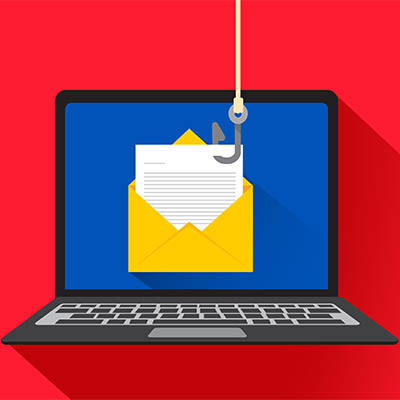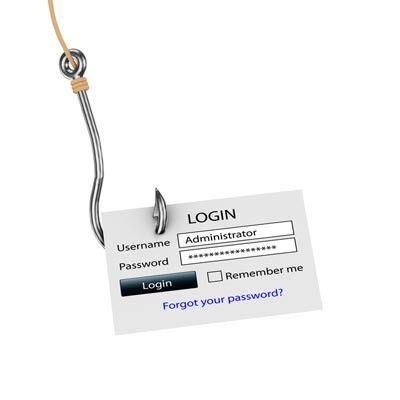Using email to trick users is something that hackers have done for ages, but they usually find themselves tucked away in the spam folder where they belong, or blocked entirely by enterprise-level content filters. Hackers, however, are a crafty lot, and they have discovered ways to break through these measures through the use of a surprising third party: social media websites.
BlackCSI Blog
It’s the holiday season, and with it comes a multitude of hackers trying to cash in on everyone’s online purchases. These phishing scams always increase when the holiday season comes around, so it’s best to stay vigilant so that you don’t give yourself the gift of sadness this year. One such threat is already here, and it’s voice spoofing of Amazon orders.
Phishing scams have been around for a long time, and they have only grown more convincing and more dangerous. Some businesses can’t even tell the difference between phishing scams and legitimate messages! How can your organization take the fight to phishing emails? It all starts with knowing what to look out for.
Phishing attacks are a major problem that all businesses must be prepared to handle. Sometimes it comes in the form of messages or web pages designed to steal information from your employees, but other times it might come in the form of phone calls asking for IP addresses or network credentials under the guise of your IT department. It’s especially important that your staff members understand how to identify these tricks, and it all starts with phishing training.
Email is often touted as a favorite medium for launching cyberattacks against businesses and individuals. This is because it’s easy to hide the true intent behind an email attack within its contents, whether they are embedded images in the message itself, or links to external sources. How can you know for sure whether the links in your email inbox are legitimate?
Hackers are always trying to find creative and new ways to steal data and information from businesses. While spam (unwanted messages in your email inbox) has been around for a very long time, phishing emails have risen in popularity because they are more effective at achieving the desired endgame. How can you make sure that phishing scams don’t harm your business in the future?






